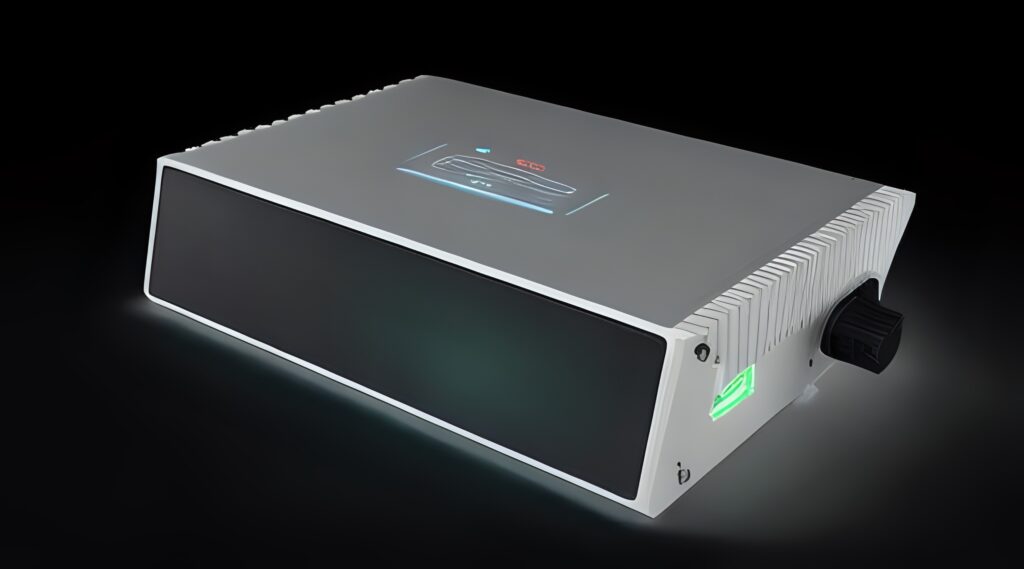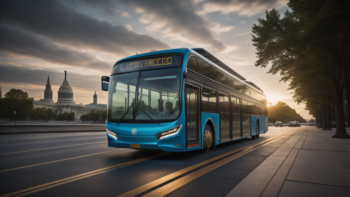
LiDAR for Autonomous Vehicles
Listing Category by product
Exploring LIDAR technology
LIDAR (Light Detection and Ranging) technology plays a crucial role in enabling autonomous vehicles to perceive and navigate their environment with precision and accuracy. LIDAR sensors emit laser pulses and measure the time it takes for the light to bounce off objects and return to the sensor, creating detailed 3D maps of the surroundings. These maps provide essential data about the vehicle’s surroundings, including the location of other vehicles, pedestrians, and obstacles. By integrating LIDAR data with information from other sensors such as cameras and radar, autonomous vehicles can accurately detect and identify objects in real-time, enabling safe and reliable navigation on roads.
Key features and benefits of LIDAR sensors
- Functionality: LIDAR sensors provide high-resolution 3D maps of the surrounding environment, allowing autonomous vehicles to perceive objects with accuracy and precision.
- Safety: LIDAR technology enhances safety by detecting and identifying potential hazards on the road, such as pedestrians, cyclists, and obstacles, enabling the vehicle to take appropriate evasive actions.
- Range: LIDAR sensors have a long detection range, allowing autonomous vehicles to detect objects at a distance, even in challenging lighting and weather conditions.
- Redundancy: To ensure reliability and fault tolerance, autonomous vehicles often integrate multiple LIDAR sensors to provide redundant coverage and minimize the risk of sensor failure.
- Adaptability: LIDAR technology is adaptable to various vehicle platforms and environmental conditions, making it suitable for use in different autonomous driving scenarios, from urban streets to highways and rural areas.











